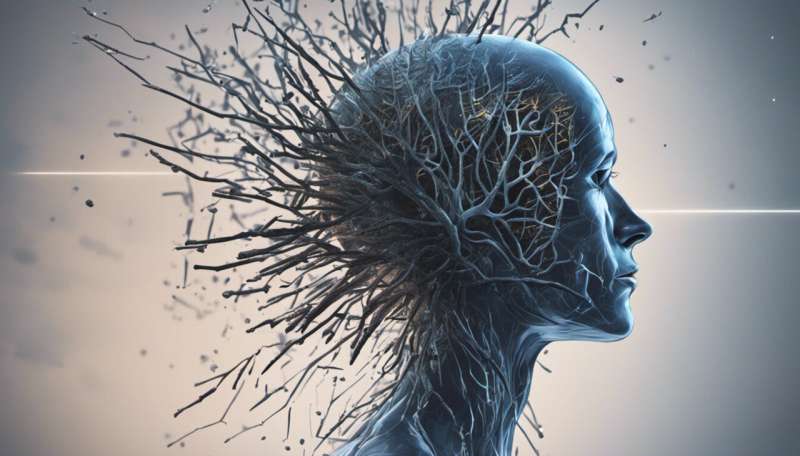Quantifying human consciousness with the help of AI

New research supported by the EU-funded HBP SGA3 and DoCMA projects is giving scientists new insight into human consciousness. Led by Korea University and projects' partner University of Liège (Belgium), the research team has developed an explainable consciousness indicator (ECI) to explore different components of consciousness. Their findings were published in the journal Nature Communications.
Consciousness can be described as having two components: arousal (i.e. wakefulness) and awareness. The act of opening one's eyes indicates a state of wakefulness, and the ability to perceive differences or follow commands shows awareness. Under different conditions—dreamless sleep, sleep with dreams, anesthesia and severe brain injuries—there are different levels of consciousness. Until now, there had been no reported systems of measurement capable of quantifying the two components of consciousness.
A reliable measure of consciousness
The ECI developed by the researchers uses deep learning to distinguish between wakefulness and awareness under physiological, pharmacological and pathological conditions. The team analyzed the brain activity of six healthy participants during sleep; 16 healthy participants under ketamine-, propofol- or xenon-induced anesthesia; and 34 participants who were a coma as a result of severe brain injury.
The study showed that ketamine-induced anesthesia and rapid eye movement sleep (when most of our dreaming happens) with low wakefulness and high awareness are clearly different from other states. What's more, the parietal regions of the brain were found to be the most relevant for measuring wakefulness and awareness in altered states of consciousness. The study authors describe the novel tool as a potentially "reliable discriminator and valuable tool as an objective measure of consciousness."
This paper presents "the world's first technology to quantify the arousal and awareness at the same time," states study co-senior author Prof. Seong-Whan Lee of Korea University's Department of Artificial Intelligence. The ECI has the potential to improve clinical care for patients in different settings, such as monitoring anesthesia-induced states during surgery and diagnosing patients in comas or vegetative states.
According to co-senior author Dr. Olivia Gosseries, who is co-director of the Coma Science Group at the University of Liège, "future studies are needed to implement this novel indicator in the clinical routine and even to develop an online and real-time tool to be implemented in our hospitals, operating rooms and intensive care units."
HBP SGA3 (Human Brain Project Specific Grant Agreement 3) is the last of four phases of the Human Brain Project initiative. "This fruitful international collaboration between HBP partners illustrates the efficacy of the EBRAINS data sharing platform tools for large human neuroimaging sets," says study co-author and Coma Science Group lead Prof. Steven Laureys from the University of Liège.
"Our work capitalized on the efforts made by the Human Brain Project teams to promote and facilitate digital neuroscience and brain medicine." The DoCMA (Disorders of Consciousness (DoC): enhancing the transfer of knowledge and professional skills on evidence-based interventions and validated technology for a better management of patients) project ends in January 2023.
More information: Minji Lee et al, Quantifying arousal and awareness in altered states of consciousness using interpretable deep learning, Nature Communications (2022). DOI: 10.1038/s41467-022-28451-0


















